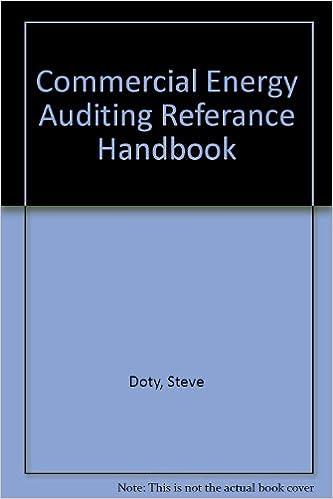Question
Knockoffs Unlimited, a nationwide distributor of low-cost imitation designer necklaces, has an exclusive franchise on the distribution of the necklaces, and sales have grown so
Knockoffs Unlimited, a nationwide distributor of low-cost imitation designer necklaces, has an exclusive franchise on the distribution of the necklaces, and sales have grown so rapidly over the past few years that it has become necessary to add new members to the management team. To date, the companys budgeting practices have been inferior, and at times the company has experienced a cash shortage. You have been given responsibility for all planning and budgeting. Your first assignment is to prepare a master budget for the next three months, starting April 1. You are eager to make a favourable impression on the president and have assembled the information below.
The necklaces are sold to retailers for $10 each. Recent and forecast sales in units are as follows:
| January (actual) | 22,500 | June | 55,000 |
| February (actual) | 31,000 | July | 35,000 |
| March (actual) | 44,000 | August | 33,000 |
| April | 70,000 | September | 30,000 |
| May | 104,000 | ||
|
| |||
The large buildup in sales before and during May is due to Mothers Day. Ending inventories should be equal to 40% of the next months sales in units.
The necklaces cost the company $4 each. Purchases are paid for as follows: 50% in the month of purchase and the remaining 50% in the following month. All sales are on credit, with no discount, and payable within 15 days. The company has found, however, that only 20% of a months sales are collected by month-end. An additional 70% is collected in the following month, and the remaining 10% is collected in the second month following sale. Bad debts have been negligible.
The companys monthly selling and administrative expenses are given below:
| Variable: | |||
| Sales commissions | 4 | % of sales | |
| Fixed: | |||
| Advertising | $ | 215,000 | |
| Rent | 20,500 | ||
| Wages and salaries | 112,000 | ||
| Utilities | 9,000 | ||
| Insurance | 4,000 | ||
| Depreciation | 19,000 | ||
|
| |||
All selling and administrative expenses are paid during the month, in cash, with the exception of depreciation and insurance. Insurance is paid on an annual basis, in November of each year. The company plans to purchase $18,000 in new equipment during May and $45,000 in new equipment during June; both purchases will be paid in cash. The company declares dividends of $16,000 each quarter, payable in the first month of the following quarter. The companys balance sheet at March 31 is given below:
| Assets | |||
| Cash | $ | 79,000 | |
| Accounts receivable ($31,000 February sales; $352,000 March sales) | 383,000 | ||
| Inventory | 112,000 | ||
| Prepaid insurance | 28,000 | ||
| Fixed assets, net of depreciation | 975,000 | ||
|
|
|
| |
| Total assets | $ | 1,577,000 | |
|
|
|
| |
| Liabilities and Shareholders Equity | |||
| Accounts payable | $ | 108,800 | |
| Dividends payable | 16,000 | ||
| Common shares | 850,000 | ||
| Retained earnings | 602,200 | ||
|
|
|
| |
| Total liabilities and shareholders equity | $ | 1,577,000 | |
|
|
|
| |
|
| |||
The company wants a minimum ending cash balance each month of $50,000. All borrowing is done at the beginning of the month, with any repayments made at the end of the month. The interest rate on these loans is 1% per month and must be paid at the end of each month based on the outstanding loan balance for that month.
Required:
Prepare a master budget for the three-month period ending June 30. Include the following detailed budgets: a. A sales budget by month and in total.
b. A schedule of expected cash collections from sales, by month and in total.
c. A merchandise purchases budget in units and in dollars. Show the budget by month and in total.
d. A schedule of expected cash disbursements for merchandise purchases, by month and in total.
2. A cash budget. Show the budget by month and in total. (Round your intermediate calculations and final answers to the nearest whole dollar. Also, round down your interest calculations to the next whole dollar amount. Cash deficiency, repayments and interest should be indicated by a minus sign. Do not leave any empty spaces; input a 0 wherever it is required.)
3. A budgeted income statement for the three-month period ending June 30. Use the variable costing approach.
4. A budgeted balance sheet as of June 30.
Step by Step Solution
There are 3 Steps involved in it
Step: 1

Get Instant Access to Expert-Tailored Solutions
See step-by-step solutions with expert insights and AI powered tools for academic success
Step: 2

Step: 3

Ace Your Homework with AI
Get the answers you need in no time with our AI-driven, step-by-step assistance
Get Started


